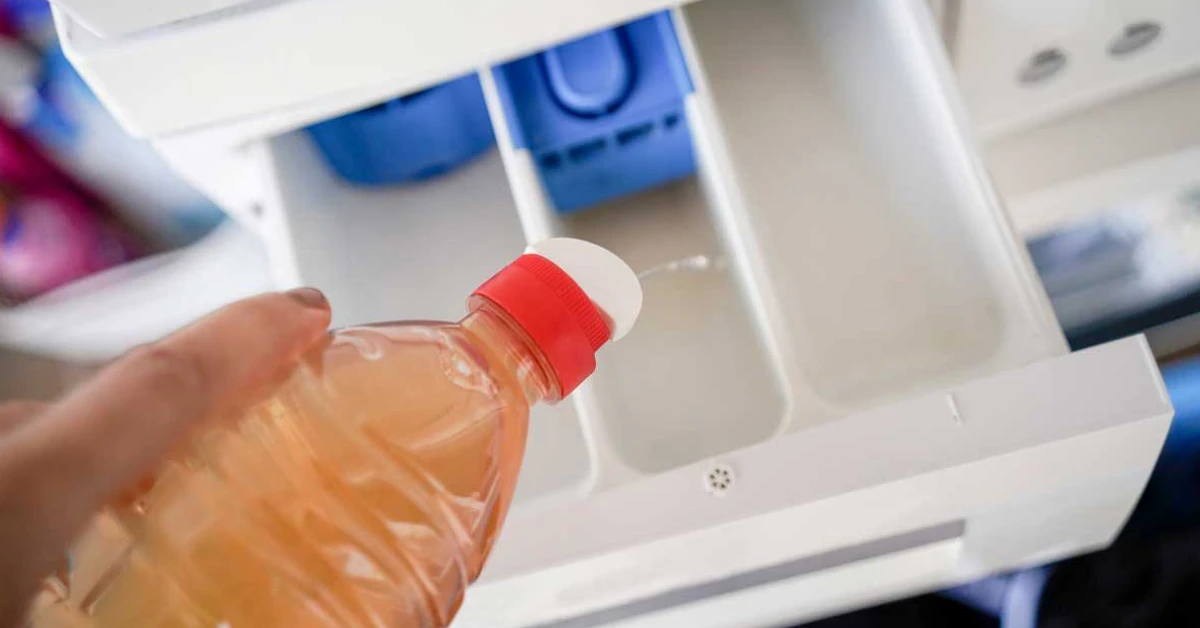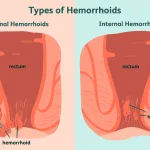Imagine tossing a cheap bottle of white vinegar into the wash and getting softer, brighter, and odor‑free clothes without a pricey detergent. It sounds a bit like a magic trick, but it’s really just good old chemistry (and a sprinkle of common sense). In this friendly, step‑by‑step guide I’ll show you exactly how to use vinegar in laundry so you can keep your wardrobe fresh, your wallet happy, and the planet a little greener.
Quick Answer
Bottom line: add ½ cup (120 ml) of distilled white vinegar to the rinse or fabric‑softener compartment of your washer. That one simple move will soften fabrics, neutralize odors, lift stubborn stains, and brighten both whites and colors. No strong perfume, no harsh chemicals—just a clean, comfortable result.
If you need a cheat‑sheet, here it is:
- Stains? Spot‑treat with undiluted vinegar, wait 5 min, then wash.
- Mildew smell? Run a hot‑water cycle with 2 cups of vinegar, then a regular wash.
- Fabric softening? ½ cup in the final rinse.
- Eco‑friendly clean? Skip detergent entirely and use ½ cup vinegar + ½ cup washing soda.
Why Vinegar Works
The chemistry behind acetic acid
White distilled vinegar is about 5 % acetic acid. That mild acid does three things that detergents love to hate: it breaks down mineral deposits left by hard water, it dissolves detergent residue that can cling to fibers, and it neutralizes alkaline odors caused by sweat and bacteria. The result is a neutral pH environment where dirt can be rinsed away more easily.
Key benefits
| Benefit | What it does | Real‑world impact |
|---|---|---|
| Fabric softener | Removes soap film, leaves fibers fluffed | Clothes feel “like a hug” after the dry‑run – Martha Stewart notes softer fabrics after a vinegar rinse |
| Stain‑buster | Lifts oil, grass, rust, coffee spots | Saves a repeat wash and a dreaded spot‑treatment product |
| Odor eliminator | Kills odor‑causing bacteria and mildew | Fresh towels, gym gear, and even pet blankets |
| Brightening/whitening | Restores true colors, prevents yellowing | Clothes keep that “new‑like” vibrancy longer |
| Eco‑friendly | Biodegradable, low‑cost, no harsh chemicals | Less impact on waterways and your budget |
When NOT to use it
Vinegar is a champ, but it isn’t flawless. Avoid it on silk, rayon, or any garment that specifically says “no acid.” Also, never mix vinegar with bleach—those two react to produce toxic chlorine gas. Finally, if your washer’s rubber gaskets look cracked, limit vinegar use because prolonged exposure can accelerate wear (most manufacturers recommend occasional use only).
How Much & When
Standard dosage for every load
For an average load of mixed colors, ½ cup (120 ml) of distilled white vinegar is perfect. If you’re washing whites, heavily soiled work clothes, or want extra brightening, bump it up to 1 cup. For a mildew‑heavy towel pile, go for 2 cups in a hot‑water wash (no detergent), then follow with a regular cycle.
Where to add it
| Placement | How to do it | Best for |
|---|---|---|
| Detergent drawer (wash cycle) | Pour directly into the compartment before start | General softening & odor control |
| Fabric‑softener dispenser (final rinse) | Add ½ cup; machine releases it automatically | Maximum softness, no early dilution |
| Pre‑soak bowl | Mix 1 cup vinegar with warm water; soak stains 30 min | Targeted stain removal |
Adjustments for water hardness & washer type
If you have very hard water (lots of mineral buildup), increase the amount to ¾ cup. Front‑load high‑efficiency (HE) machines often have smaller dispensers, so the best practice is to add the vinegar to the softener compartment; this prevents excess foam and ensures the correct dilution.
Eight Laundry Hacks
1. Stain removal (oil, grass, coffee)
Lay the stained area flat, pour a tiny splash of undiluted vinegar, let it sit for five minutes, then blot with a clean cloth. Toss the piece into the wash as usual. For delicate silks, dilute the vinegar 1:1 with water first.
2. Mildew & musty smell
Load towels or gym clothes, set the machine to the hottest safe temperature, and add 2 cups of vinegar. Run a full cycle without detergent. Then run a second rinse with your regular detergent. The vinegar kills mildew spores and leaves the fabric smelling clean.
3. Natural fabric softener
Simply add ½ cup of vinegar to the final rinse. The acid breaks down residual detergent, so fabrics feel softer without the coating of commercial softeners. If you love a faint scent, drop a few drops of lavender essential oil into the vinegar bottle.
4. Brightening whites & colors
Combine ¼ cup of baking soda in the wash drum, then add ½ cup vinegar to the dispenser. The baking soda raises pH, the vinegar drops it, creating a mini‑sparkle that lifts grime and restores brightness. This is the famed “baking soda and vinegar in laundry” combo that many eco‑enthusiasts swear by.
5. Reduce lint & pet hair
Static is the hidden culprit that makes lint and pet hair cling to fabric. A rinse of vinegar cuts static, allowing lint rollers to work better and keeping your clothes hair‑free.
6. De‑odorize gym wear & towels
Mix 1 cup vinegar with ½ cup hydrogen peroxide (optional) in the detergent compartment. The peroxide adds a mild bleaching effect for whites, while vinegar neutralizes the sweaty smell. Works even on synthetic fabrics.
7. Bed‑bug control
While vinegar isn’t a standalone pesticide, a hot‑water wash with 2 cups of vinegar can dramatically reduce bed‑bug eggs on bedding. Repeat weekly until the infestation subsides, then follow up with a professional treatment if needed (The Spruce).
8. Detergent‑free wash
When you’re allergic to chemicals or simply want a zero‑additive cycle, use ½ cup vinegar plus ½ cup washing soda. The washing soda tackles grease, while vinegar smooths the fibers.
Real World Insight
Last summer, I challenged my family to a “vinegar month.” We swapped out all detergent for the vinegar‑plus‑washing‑soda combo. The result? A $30 savings on the grocery bill, noticeably softer shirts, and a teen who finally stopped complaining about “stinky gym socks.”
Industry experts back this up. Morgan LaLonde, laundry brand manager at Whirlpool, says: “Vinegar is especially effective on oil‑based stains because the acid breaks the bond between the oil and fabric.” This aligns with the findings in Martha Stewart’s guide, which highlights vinegar’s role in both softening and stain removal.
Eco & Cost Benefits
| Metric | Traditional detergent (per load) | Vinegar (per load) |
|---|---|---|
| Cost | $0.15 – $0.30 | ≈ $0.02 |
| Carbon footprint | High (petro‑based) | Low (biodegradable) |
| Water impact | Chemical runoff harms aquatic life | Minimal, plant‑based acid |
According to Healthline, vinegar is “earth‑friendly” and reduces the load of synthetic surfactants that end up in rivers. Over a year, that’s a measurable environmental win.
Comparison Table
| Alternative | Cost per load | Effectiveness (stain/odor) | Eco‑rating |
|---|---|---|---|
| Vinegar | $0.02 | ★★★★☆ | ★★★★★ |
| Baking soda | $0.01 | ★★☆☆☆ (odor only) | ★★★★★ |
| Commercial softener | $0.12 | ★★★☆☆ (softness) | ★☆☆☆☆ |
| Enzyme detergent | $0.18 | ★★★★★ (stains) | ★★☆☆☆ |
Final Thoughts
There you have it—a simple, affordable, and surprisingly powerful ally for your laundry routine. By adding a splash of white vinegar, you get softer fabrics, brighter colors, foul‑smell elimination, and a greener home, all while keeping your budget intact.
Give it a try on your next wash. Start with just ½ cup in the rinse cycle and notice the difference. Have a favorite vinegar hack that isn’t on the list? Share it in the comments below—I’d love to hear how you’ve made laundry day a little easier.
And if you’re ready to go full‑tilt eco, download the free “Vinegar Laundry Checklist” (click the link at the bottom of the page) so you never miss a step. Happy washing!


















Leave a Reply
You must be logged in to post a comment.